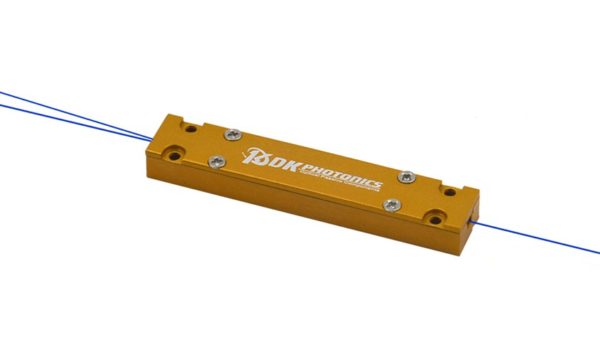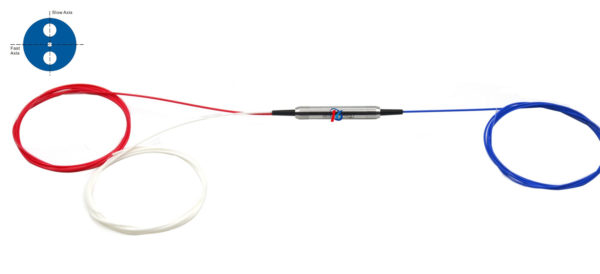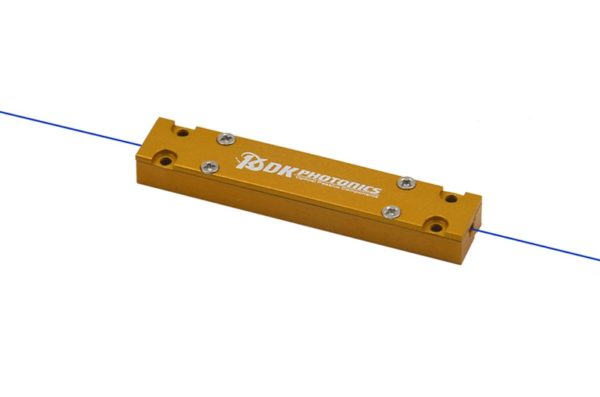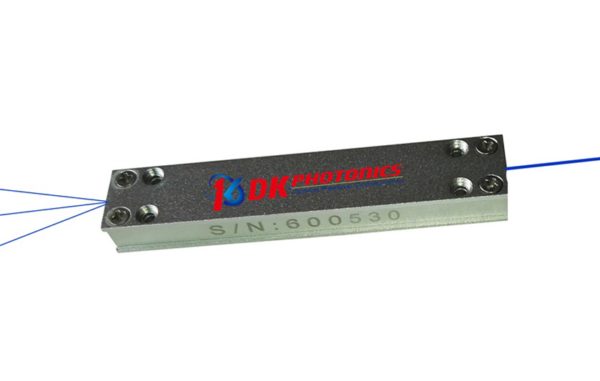A fused Wavelength Division Multiplexer (WDM) is also known as wavelength combiners or splitters. It is used to combine or separate signals and it is the ideal solution for combining pump and signal powers or separating telecom signals. The visible wavelength WDMs are used for multi-color displays, sensors, and microscopy. The 980/1550nm Fused WDM is a favorable choice to be used in optical fiber amplifiers, optical fiber laser, EDFA module, and communication systems.
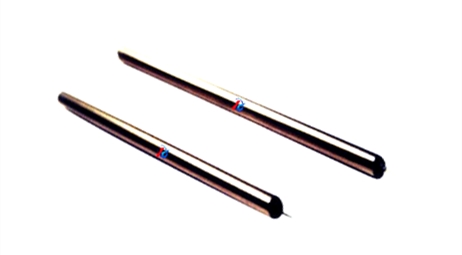
There is a desperate need for bandwidth in today’s high tech world and the development of WDM has helped the expansion of network capacity over a single fiber. The fiber optic systems have a fiber optical coupler with input fibers (single or more) and output fibers (single or more). The functions of the module provide the first level of bandwidth expansion for a network by increasing a fiber’s signal carrying capacity. The fused module is providing a cost-effective way to maximize the wavelength isolation.
Here are the benefits of optical fused coupler –
Splitting: The single optical signal is used to supply two outputs with the help of splitters.
Combining: The fiber optic couplers combine 2 signals and yield single output.
The 980/1550nm Fused WDM has different features like a low excess loss, small size, and low insertion. The device is used for high speed communication, fiber lasers, amplifiers, and instrumentation. It is also used in EDFA and it combines the pump power and optical signal into the Er-fiber. The fusing technique has high wavelength isolation and is extremely good for stability & reliability. The 980/1550nm Fused WDM Module can combine 980nm and 1550nm signals into one fiber or separate 980nm and 1550nm signals into two fibers. It is used for L-band EDFA.
The CWDM multiplexers talk about the CWDM method and it multiplexes multiple optical carrier signals on a single optical fiber. The different signals are carried out with the help of different wavelengths/colors of laser light combined in a MUX. The multiplexer or demultiplexer is one of the most important components of CWDM systems. The module is easy to operate and has a reliable low-maintenance design. The device has the capability of multiplexing and de-multiplexing ITU-T G.694.2 wavelengths up to 8 channels in increments of 20nm from 1270 nm to 1610 nm.
Here are the features of the WDM module –
Bidirectional
Highly stable & reliable
High directivity
Low polarization sensitivity
Ultra high isolation
Ultra low insertion loss
There are leading companies in the market that are master at designing and manufacturing optical passive components for fiber lasers, sensors, and telecommunication. The manufacturers can provide customized designs to meet specialized feature applications and it offers modular assemblies that integrate other components to form a full function module or subsystem. Buy the 980/1550nm Fused WDM online at an effective price. Connect to the companies for developing customized optical couplers.
